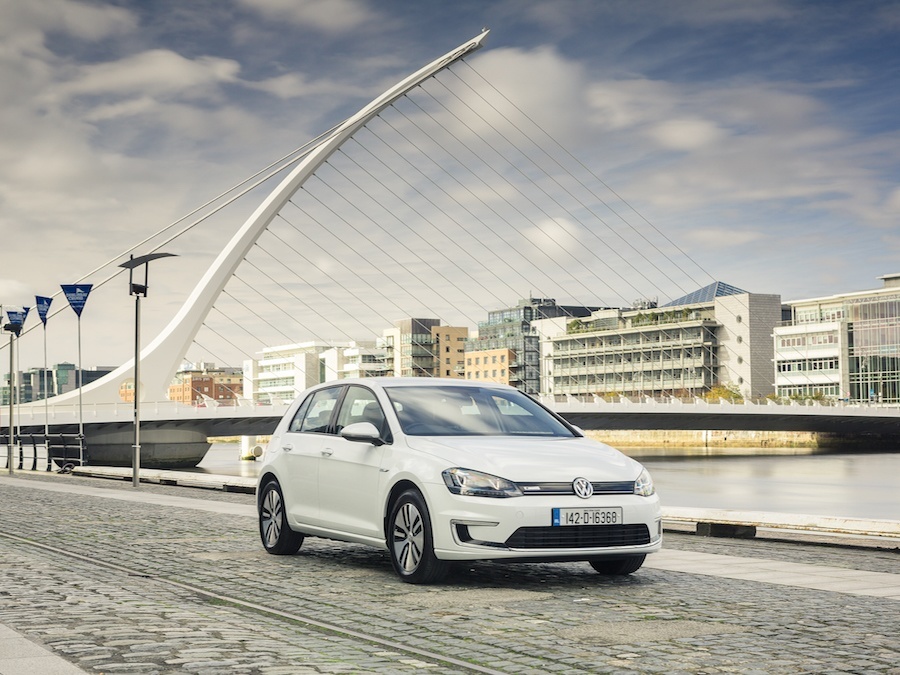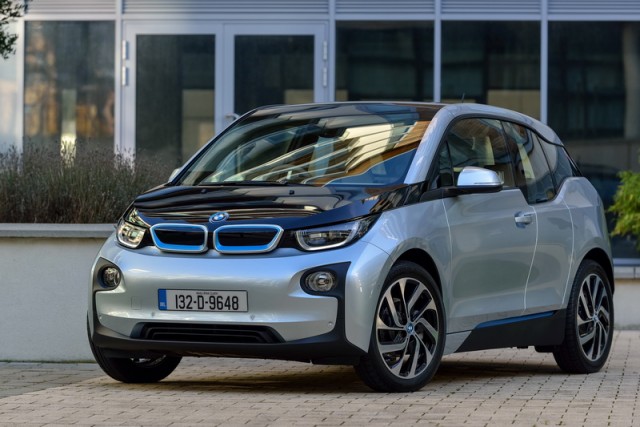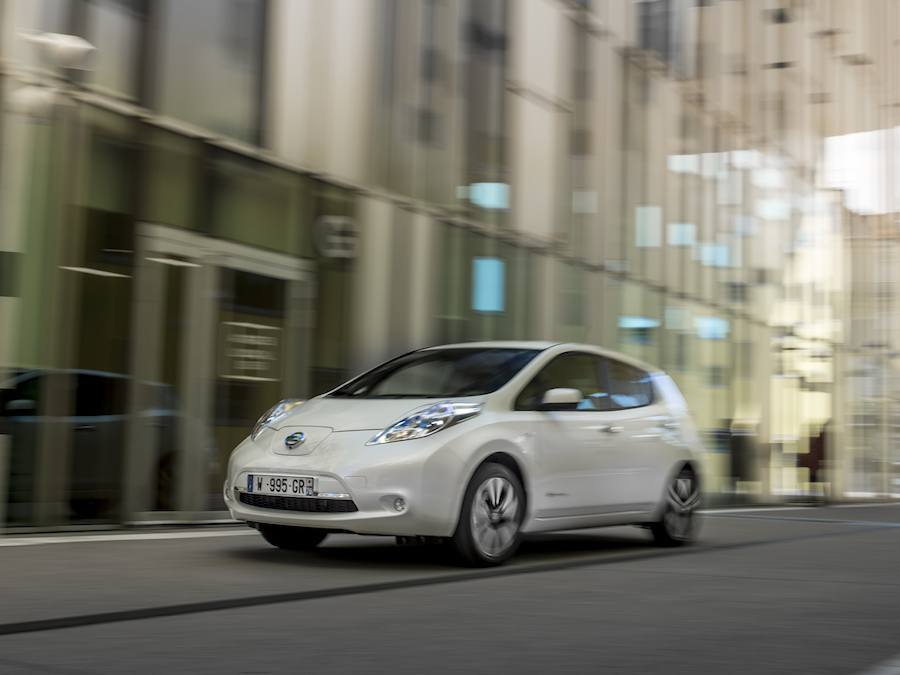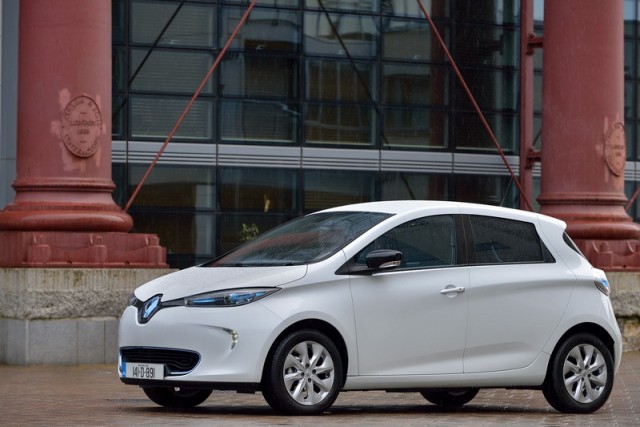Good: refined, useful driving range
Not so good: no fast charge option
A new car can sometimes take some getting used to. From its shape and size to button layouts, it can take a bit of time to readjust. But switching from petrol or diesel to electric can take a whole lot more adjustment, which is why I decided to spend the best part of three weeks living day-to-day with the Volkswagen e-Golf as my only car.
To look at, there is very little to differentiate this fully-electric e-Golf from a more common or garden Volkswagen Golf, which is sure to appeal to potential buyers. The keen-eyed will spot the aerodynamically optimised 'Astana' alloy wheels and C-shaped LED daytime running lights integrated into the lower front bumper. A blanked off front grille features a blue strip running through it that extends across the base of the headlights. Aside from these subtle differences it remains for the most part just like a regular Golf.
Inside, it's quite ordinary too, but that's a very good thing. Volkswagen could have installed a more bespoke interior, but instead you get a conventionally laid out cabin. Setting it apart as an e-Golf is the 'Discover Pro' infotainment and navigation system. As in-car systems go this is one of the more intuitive to use. It has some neat features too, such as recognising when you're reaching to use it and displaying the appropriate buttons as your finger approaches the screen.
All of this is interesting enough, but it is how the Volkswagen performs in real life that is most important here. Under the bonnet is an electric motor producing 115hp powered by a 264-cell lithium-ion battery that, when fully charged, is capable of offering a maximum range of 196km. That might not sound overly appealing if you consider long distance journeys, but if you drive mainly in urban surroundings you could easily get two or three days' worth of driving from that charge.
The drivetrain is designed to reduce energy consumption whenever possible, so when you lift off the throttle for example the car engages a freewheel mode that allows it to coast along without any sudden loss of speed. It does take a little getting used to, but once you do you tend to use the throttle for much shorter spaces of time.
On the other hand there are also four stages of regenerative braking that can be applied. This essentially slows the car down via the electric motor and feels much like engine braking. It converts the kinetic energy of the car back into electrical charge for the battery. When you become more familiar with it it is possible to rarely apply the brakes to slow the car around town and the benefit is that you regularly feed some charge back, meaning the net driving range extends much further than the suggested distance. For example, you may end up driving for 10 kilometres but only deplete the range by 6km.
Thanks to some clever packaging that sees the battery fitted into the floor where the fuel tank and exhaust would normally go there is no impact on interior space for rear passengers. This also puts the additional weight of the battery very low down in the car resulting in some positive effects on the car's handling. This isn't going to give you GTI-like handling on a back road (the narrow, low resistance 205/55 R16 tyres will keep you in check), but the instantaneous torque from the electric motor does make it feel spritely. Faster than the claimed 10.4-second dash to 100km/h might suggest. This is further enhanced by the near silence in which the car operates.
Other aspects of driving such as ride comfort and steering are of a standard you would expect from a normal Volkswagen Golf. It rides on 16-inch alloy wheels, which allows for a more generous tyre sidewall to help further soften any surface imperfections. Trundle along in traffic and the loudest noise from the car is the air conditioning if the fan speed is at three or higher.
As for living with it, well, it might not offer as much range as the latest Nissan Leaf, but in comparison it is a more appealing car. The lack of a fast charge facility for the battery does mean that longer journeys will require some planning, however. With the majority of public charge points offering 22kW AC you will need to leave it charging for at least a couple of hours to see any real top up in the battery. If you can get a charge point at home the benefit of being able to leave it to fully charge overnight will greatly add to the car's appeal. Most people will rarely drive more than 200km per day so with that in mind so-called range anxiety fades away.
The move to electric is a big one for many people and isn't something easily decided upon by a quick test drive. As competent as the Volkswagen e-Golf is, it, like any other electric vehicle, still requires you to really look at your typical driving and check that you match the car's criteria rather than the other way around. If you are predominately going to be driving within local confines and you can install a charging station at home then the e-Golf makes a very impressive case for itself.































